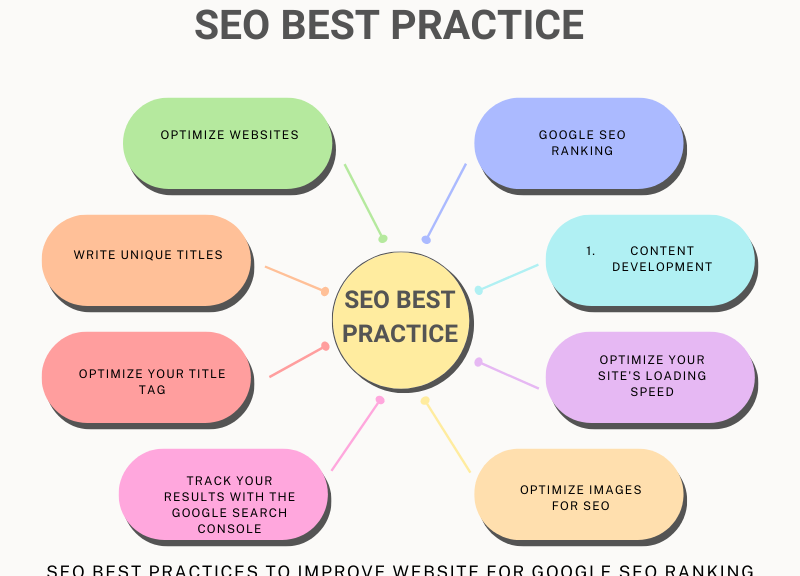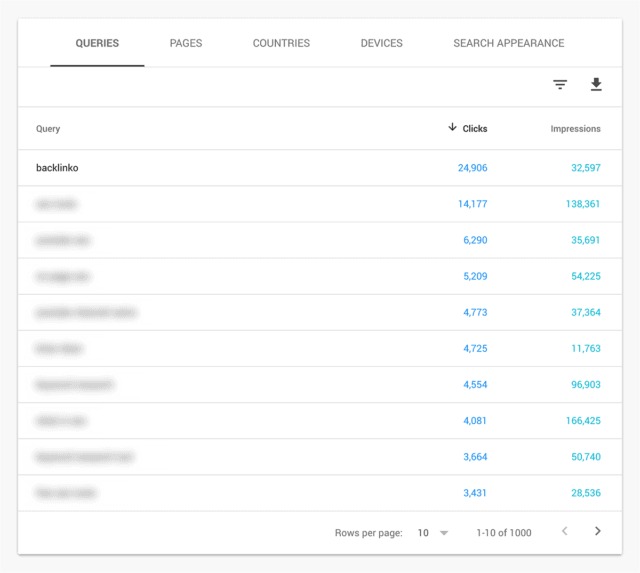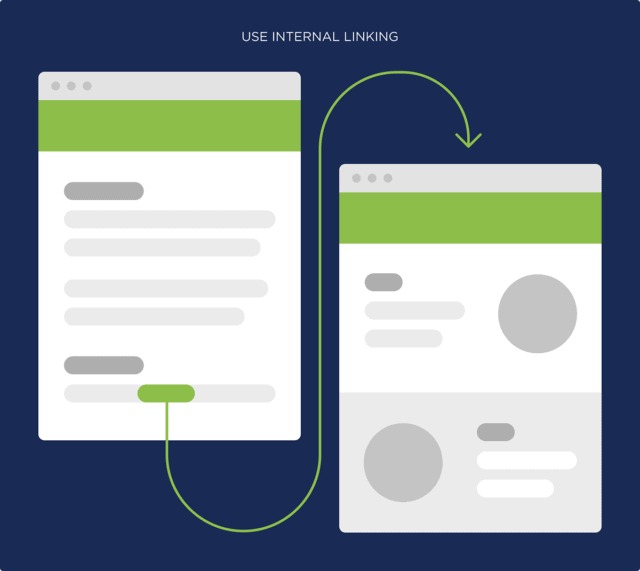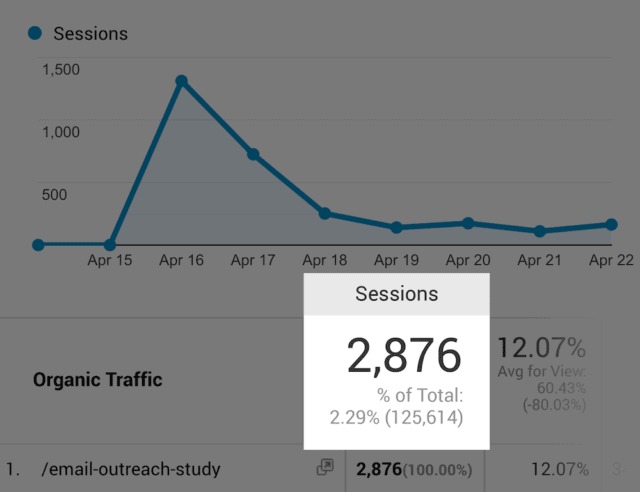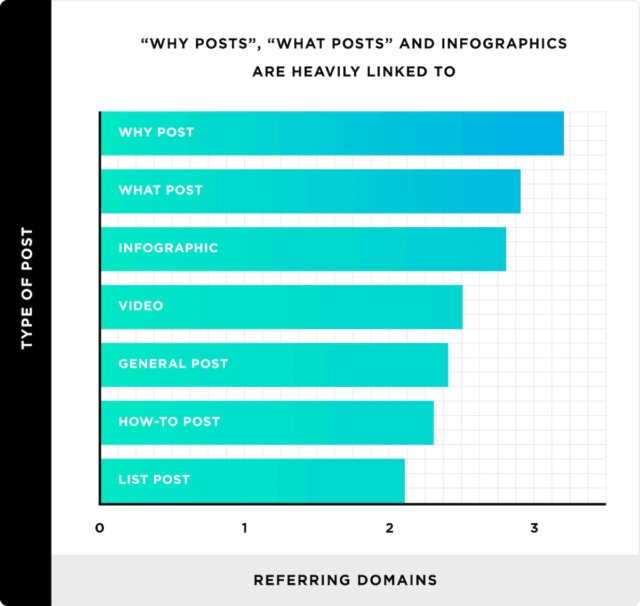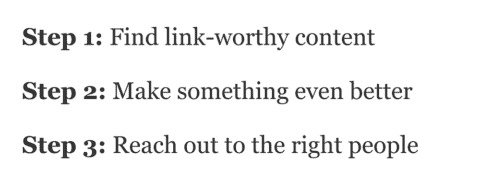SEO Best Practices to Improve Website for Google SEO Ranking
You are on the best page for SEO best practices to optimize the website for Google SEO ranking. Here you will learn the best website SEO and optimize Google SEO for Google ranking websites. Leave a comment if you’ll ask about learning the best website SEO and optimize Google SEO for Google ranking websites. We’ll get back to you with an answer to your question about the best website SEO. Because we hope you learn, we hope you learn to optimize Google SEO for Google-ranking websites. Read all the mentioned steps of the best website SEO that will help you optimize Google SEO for Google-ranking websites. We hope our guide gives you some new ideas on how to improve your website SEO. We’d love to hear your questions, feedback, and success stories.
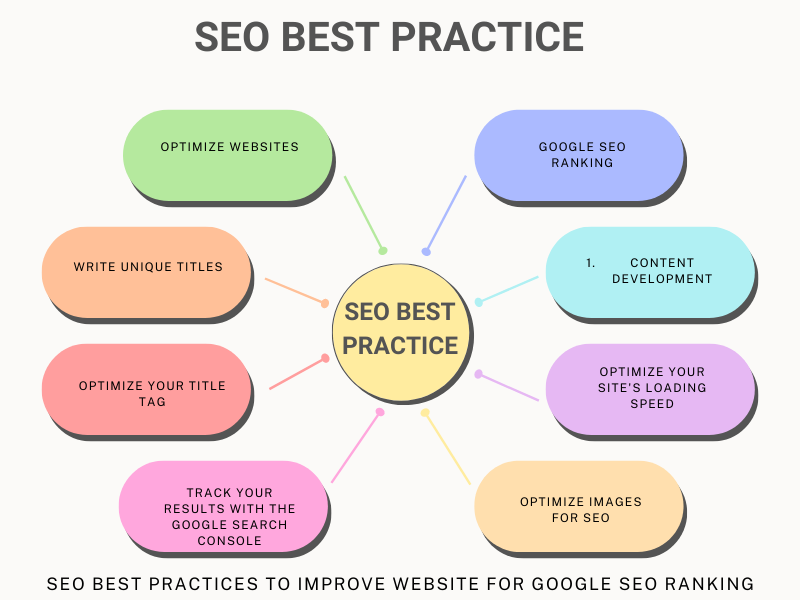
SEO Best Practice to Optimize Website for Google SEO Ranking
Therefore, you need to follow these tips to improve your search engine optimization (SEO) and see your website rise to the top of search engine results. If you own, manage, monetize or promote online content through Google Search, this guide is for you. You may be the owner of a growing business, a website owner of a dozen sites, an SEO expert at a web agency, or an SEO expert passionate about the mechanics of search: this guide is for you. If you’re interested in a thorough review of the basics of SEO according to our best practices, you’ve come to the right place. This guide won’t provide any secrets that will automatically get your site ranked first in Google (sorry!), but following best practices will hopefully make your content easier for search engines to crawl, index, and understand. Will be done.
Search engine optimization (SEO) is often about making minor changes minor changes to parts of your website. Viewed individually, these changes may seem like incremental improvements, but when combined with other optimizations, they can have a significant impact on your site’s user experience and performance in organic search results. You’re probably already familiar with many of the topics in this guide because they’re essential components of any web page, but you may not be getting the most out of them.
You should build a website to benefit your customers and develop any optimizations to improve the user experience. One of these users is a search engine, which helps other users discover your content. SEO is about helping search engines understand and present content. Your site may be smaller or larger than our example site and offer quite different content, but the optimization topics in this guide apply to sites of all sizes and types.
What Are The SEO Best Practices?
To start SEO your website, also learn SEO best practices to start the following steps on your website to get Google ranking.
- Add Your Main keyword Early On In Your Website Content.
- Content development
- Write Unique Titles, Descriptions, and Content.
- Optimize Your Title Tag for SEO.
- Optimize Your Site’s Loading Speed.
- Track Your Results With The Google Search Console.
- Optimize Images for SEO.
- Use Internal Linking.
- Publish Amazing Content.
- Use effective titles and headings.
- Write strong meta descriptions.
- You need to optimize all images.
- Include several internal links.
- Provide a user-friendly design (on desktop and mobile)
- You will need to optimize page speed.
If you own a business or lead a marketing or sales team, you know that increasing your website’s visibility can make or break your sales numbers and revenue. According to our recent research, 75% of users never go beyond the first page of search results. This means that most people searching online will quickly find what they’re looking for, and when your website doesn’t even rank well, your chances of So you become hard to find quickly, if at all. If you want to increase traffic to your site and attract more leads, search engine optimization (SEO) is an important way to do it. But in an age of content overload, how can you differentiate yourself from the competition? In this article, we are going to go over:
A powerful way to improve search results
Here you’ll know how to get better search engine optimization for your website with SEO best practices. While we understand how important it is to drive website traffic to your website—after all, more traffic equals more visibility—we also believe it’s important to focus on the right traffic. Sure, you can find general SEO best practices anywhere, but we teach our clients SEO a little differently.
Want to brush up on the basics of SEO, but also learn how to improve your traffic, leads, and sales by adopting a simple framework that has helped our clients earn millions?
SEO Best Practices for Strong Organic Traffic
You need to create content for your website based on keyword research. Here, the SEO best practices are a set of practices designed to help improve a website’s search engine ranking. Common search engine optimization best practices include on-site optimization, keyword research, and building site backlinks.
Put another way:
There are a million things you can do to get higher Google rankings, including top SEO strategies and techniques.
- But it’s important to get the basics down first.
- You want to make sure that your site follows current SEO best practices. That’s the foundation.
- Then, once you get your foundation in place, dive into advanced approaches.
- With that, here are the most important SEO best practices you need to know today:
Add Your Main Keyword Early On In Your Content
It’s no secret that you want to use your keyword a handful of times on your page. But you may not know that the location of your keyword also makes a difference. Specifically, you want to mention your main keyword at least once at the top of your page.
Why does this matter in Google SEO?
Google puts more weight on terms that appear at the top of a webpage.
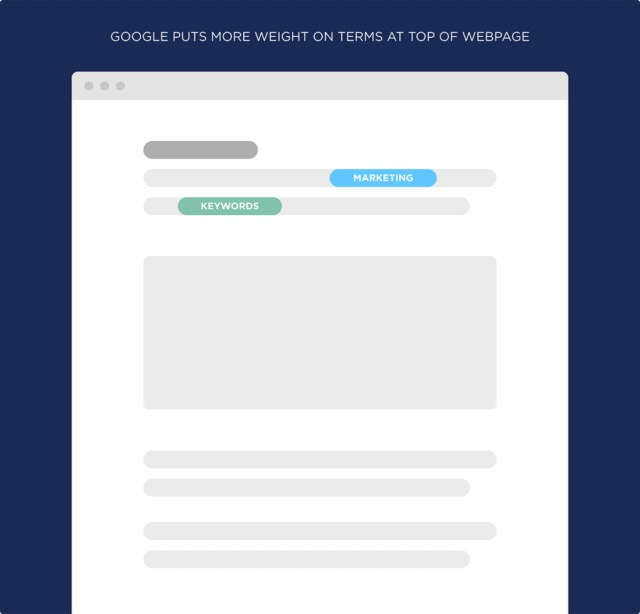
For example, this page on my website is optimized around “mobile SEO”. So I mentioned that term once in the first words of my content.

Simple.
Write Unique Titles, Descriptions, and Content
- Avoiding duplicate content is one of the most important SEO practices to keep in mind.
- Google says you should avoid “duplicate or near-duplicate versions of your uploaded content on your site.”
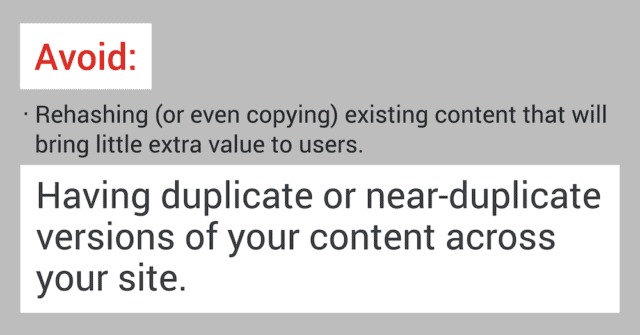
- Website Title tags
- Meta description tags
- eCommerce product pages
- Landing pages
- Image alt text
- Category pages
Basically: if you publish a page on your site, the content on that page has to be 100% unique.
If you run a small blog with a homepage and a bunch of blog posts, this rule is pretty easy to follow.
But if you’re an eCommerce site owner with thousands of products, writing unique content for each page can be tricky.
Tricky… but also worth it.
If you’re having trouble writing web content for each page, consider combining pages that have similar content together. Or use the canonical tag.

Optimize Your Title Tag for your Website SEO
So, with on-page SEO, your title tag is KEY.
Google has even said: “it’s also important to use high-quality titles on your web pages.”.

Here’s how to get the most out of your web page’s title tag:
Front-load Your Main Keyword: “Front-load” simply means that you start your title tag with your target keyword.
Why is this important?
Well, search engines pay close attention to the terms that you use in your title tag. Therefore, you want your keyword in your page title.
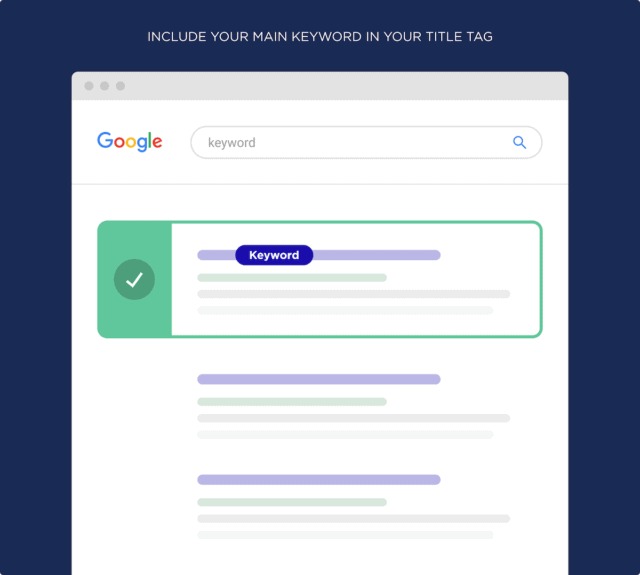
But you may not know that Google also puts more emphasis on words and phrases that show up early in your title tag.
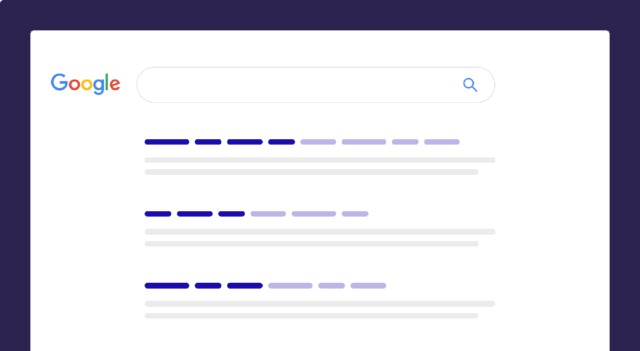
So if it makes sense, start your title off with the keyword that you want to rank for.
For example, I currently rank on the #1 page for the super competitive term “Free consultation for Web SEO”.
And my title tag starts with that exact phrase.

Sometimes it’s not possible to use your keyword that early on because it will make your title tag look weird. Yes, search engine optimization is important for your website, but your title tags need to be useful for users too.
(More on that later)
If you’re not able to start your title tag off with a keyword, no biggie. Just include your keyword as early on as you can.
For example, this page is optimized around the keyword “Resources and Location of Shakardara”.
It’s not right in the beginning. But it’s early enough so that Google can see that my page is clearly about “Resources and Location of Shakardara”.
- Use One Keyword Per Title: Google has been really clear on this.
- They don’t want you to stuff your title with a bunch of different Google keywords.
(Also known as “Resources and Location of Shakardara”)
Instead, you want to use one main keyword in your title. And if your page is high-quality, you’ll naturally rank for that keyword… and lots of others.
For example, this page on my site is optimized around the term: “Resources and Location of Shakardara”. as you can see, I use that term in my title tag.
The other words and phrases in my title are just to highlight what my page is actually about. And because my page contains high-quality content, it ranks in the top 5 for my main keyword. According to SEMRush, this page also ranks for different keywords.
Did I optimize my webpage with around 630 keywords? Nope!
Instead, I optimized my page (and title) around ONE important keyword. And Google largely took care of the rest. Write interesting, Shareable Titles: Your title tags should make people want to click on your page to learn more.
Why?
When lots of people click on your result in Google, you can find yourself with higher rankings for that term.
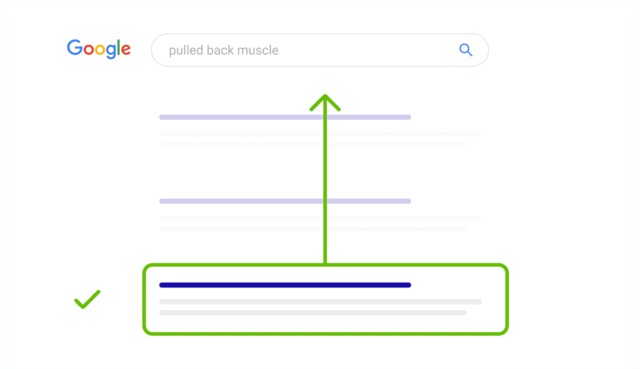
Therefore, once my SEO stuff is taken care of, I then start optimizing my title for clicks and shares. I try to write title tags that are interesting, and interesting and push people to share.
For example, this list of content marketing tools has an eye-catching title.
Optimize Your Site’s Loading Speed
Google rarely talks publicly about the ranking factors in its algorithm. So when they talk a lot about a specific ranking signal, you know it’s a big deal. Site loading speed is one of those rare ranking factors. Therefore, I highly recommend making your site load as quickly as possible (Especially on mobile devices.)
Your first step is to benchmark your site’s current loading speed. That way, you know where you’re at before you make changes. I recommend the super-helpful PageSpeed Insights tool.
- After all, the recommendations you get from this tool come from Google itself
- Plus, it doesn’t just tell you if your page is fast or slow.
- The tool gives you a detailed report that includes ways you can improve.
- If you want to dig deeper with page speed stuff, check out Web Page Test.
- It’s a free tool that gives a more accurate feel of how your site loads to actual users.
Either way, here are a few ways you can improve your site’s loading speed.
- Compress Images: This is big. Images make up the bulk of a page’s size (in terms of KB). Therefore I recommend using a tool like Kraken.io to shrink your image sizes.
- Use Lightweight Themes: Bulky WordPress themes can slow things down. So if your theme isn’t optimized for speed, consider switching to one that is.
- Use Lazy Loading: Lazy loading images can boost your site’s loading speed by 50% or more. The downside is that images show up as users scroll down the page, which isn’t great for UX. So it’s a tradeoff.
- Use a CDN: CDNs serve images and other media on your site on servers that are close to your users.
Track Your Results With The Google Search Console
If you don’t have the Google Search Console setup, you’re flying blind with your SEO. The Search Console is like a live dashboard that lets you know how your site is doing in the SERPs (Search Engine Results Pages).
- There are a lot of cool features and tools in the Search Console.
- But you probably won’t need most of them.
- Instead, I recommend checking these 3 reports regularly.
Performance: This data lets you know how many people see and click on your site in Google search.
You can also see the exact keywords that people use to find your content… and where you rank.
This is all super valuable on its own. But the real value is tracking your impressions and clicks over time. If they’re moving on up, it’s clear that these SEO best practices are working.
If not, it may be time to try a different approach.
Coverage: The coverage report lets you know which pages from your site Google have indexed.
- It will also let you know if it’s having trouble fully crawling any of your pages.
- If you see “errors” and “warnings” here, I recommend fixing these ASAP.
After all, if Google can’t index your page, it won’t rank for anything. Fortunately, Google doesn’t just tell you: “We can’t index this page”. They usually let you know what’s causing the issue.
Enhancements: The main thing to pay attention to in this report is “Mobile Usability”.
Considering that Google’s index is now mobile-first, you want to make sure that your site is easy to use on mobile devices.
Optimize Images for Google SEO
Image SEO isn’t just for ranking in Google Images.
Google recently reported that properly optimized images can help your pages rank higher in Google web searches. So if you use images on your page, you want to make sure they’re optimized for SEO.
Fortunately, this is an easy need to do to keep these two images SEO best practices in mind. Name Your Images With Descriptive Filenames: Google can’t “see” images (yet). And your image’s filename is one thing that helps them understand the content in your image.
For example, let’s say you have an image of pancakes on your site. You wouldn’t want to name that image something like:
Instead, use a filename that describes what’s in your image. Use Image Alt Text: Google has said that they largely rely on alt text to understand images. It takes a few extra seconds to write alt text for each image. But in my experience, it’s worth it.
For example, you wouldn’t want your picture of pancakes to have an alt text like this. Just like with your filename, you want to write descriptive alt text that lets search engines know what your image is all about.
Use Internal Linking
Internal linking is one of the easiest SEO best practices to use.
All you need to do is add a link from one page on your site to another page on your site.
That said, you don’t just want to add a bunch of random internal links. Yes, random internal linking is probably better than no internal linking at all. But if you want to get the most out of internal links, I recommend implementing these tips.
Use Keyword-Rich Anchor Text: Google uses your anchor text as a clue to what a page is all about.
For example, the anchor text in these links helps Google understand what each page is about. You want to use anchor text that includes your main keyword.
For example, this internal link is linking to my page about “on-page SEO”. And, as you can see, my internal link’s anchor text has that exact term in it.
Send Authority to Pages That Need It: You want to internally link to pages that have little (if any) link authority. When you do, you’ll send much-needed authority to that low-authority page… which can boost its Google rankings.
With all that said:
- I wouldn’t overthink this step. InTendo link from OLD pages to NEW pages.
- Old pages have more authority than new pages.
And this little shortcut helps me use internal links without having to analyze every page on my site.
Publish Amazing Content
If you’ve tried to learn SEO before, you’ve probably heard about the importance of “high-quality content”.
And it’s true: publishing original, helpful content can help you rank higher in Google.
The thing is, what most people consider “high-quality content” has changed over the last few years.
I’ll explain:
Back in the day, you could publish a 1,000-word blog post and blow people away.
Today? A 1000-word blog post is nothing special.
A survey by Orbit Media found that the average blogger now spends over 3 hours on a single post.
The bottom line?
If you want to rank your content today, your content marketing game needs to be on point. Which usually means an investment of time, money, and staff… or all 3.
For example, we published an industry study on email outreach.
To publish this one post, we had to:
- Find a data partner.
- Collect and analyze the data.
- Write up the report.
- Edit the report.
- Create a PDF of the study methods.
- Design charts and graphs.
- Promote the post on Social Media Marketing and via Email Marketing.
- Reply to comments.
This single post took 20+ hours to complete.
Overall, the effort was worth it. It brought in a ton of Web Traffic the week we published the post.
And people still share the post on social media and link to them from their blogs them. There’s no getting around the fact that creating content that stands out takes a ton of work.
(More work than publishing a bunch of “high-quality content”.) But if you’re willing to publish amazing stuff, you have an excellent shot of ranking in Google for your target keywords.
Build Backlinks To Your Website
Are backlinks still an important Google ranking signal today?
Yup!
A recent study by SEMrush found backlinks were strongly correlated with higher Google rankings.
Here are a few ways you can build links to your site.
First, focus on content formats that do best in terms of backlinks.
Our analysis of 900+ million blog posts found that what and why posts (along with infographics) got more links than other types of content (like video).
That’s not to say that publishing this type of content will automatically result in links. But, at least according to this study, it can increase the odds that other people will link to you.
Second, create content with a “hook”.
A hook is an angle, a data point, or something controversial that will encourage people to naturally link to you.
For example, a few years back I published a post about a strategy called “The Skyscraper Technique”. Unlike most SEO case studies, this post contained a detailed, step-by-step process.
I also gave the strategy a name to make it easy to remember. And because my content contained multiple hooks, that page has 11.2K backlinks.
Improve Your Site’s User Experience
Improving your site’s user experience (UX) can, directly and indirectly, help with your SEO. UX can directly help with SEO because Google knows when people start “Pogo sticking” after landing on your site from the search results.
If enough people bounce from your site to the search engine results, this tells Google that your result didn’t give that searcher what they were looking for.
And your search engine rankings can dip. You can get a proxy measurement of Pogo sticking from Google Analytics. If your page has a high bounce rate, this might be a sign that users aren’t finding what they’re looking for.
UX can indirectly help with SEO because people are more likely to share and link to user-for-user-friendly sites. So if your site is hard to use, uses intrusive pop-ups and ads, and has a bunch of broken links… people will not link to it.
(Even if you have great content.)
So yeah, UX is something that every site owner should pay attention to, anyway. It just so happens that great UX can boost your SEO too.
Learn More
Advanced Keyword Research Tutorial (5-Step Blueprint): A deep-dive into finding keywords for content, landing pages, and more.
Link Building for SEO: The Definitive Guide: More tips and strategies for building backlinks on your website.
Actionable SEO Techniques That Work Great: A list of advanced SEO strategies that I recommend checking out after you’ve implemented the SEO best practices here.
Amazing Free SEO Tools: A hand-curated list of tools that can help you implement a lot of the strategies in this guide.
Our Director of SEO Javed Hayat explains:
“When you write title tags and titles, think about how you can tell the user what they’re getting from the article. People like to see that there will be a depth of information. For example, using ‘Best Ways to Increase Inbound Marketing Traffic’ as your headline is better than ‘Increasing Inbound Marketing Traffic Today. You want to think of something that will make the user stop and want to read your content, but use keywords so that Google understands what your article is about..”
Because titles give Google a better idea of the page and your page structure, they carry a lot of weight. For example, including a secondary keyword in your subheadings tells Google that you not only cover the major topic but also cover other parts of the topic and are hitting it from multiple angles. You should also take the time to develop individual headings for multiple pages, even if they cover similar aspects of the same topic.
Search engines like to rank high-quality content that covers the topic well because they are looking for this one-stop source of information. When Google ranks your website, it does so with confidence that “this is the page that will answer your question.”
Write strong meta descriptions
The meta description tag of your article defines the block of text that shows up after the content title in the SERPs (search engine results pages). Just like your page titles, your page’s meta description is placed in the <head> of each webpage’s HTML code.
This is the text that explains what information that content provides.
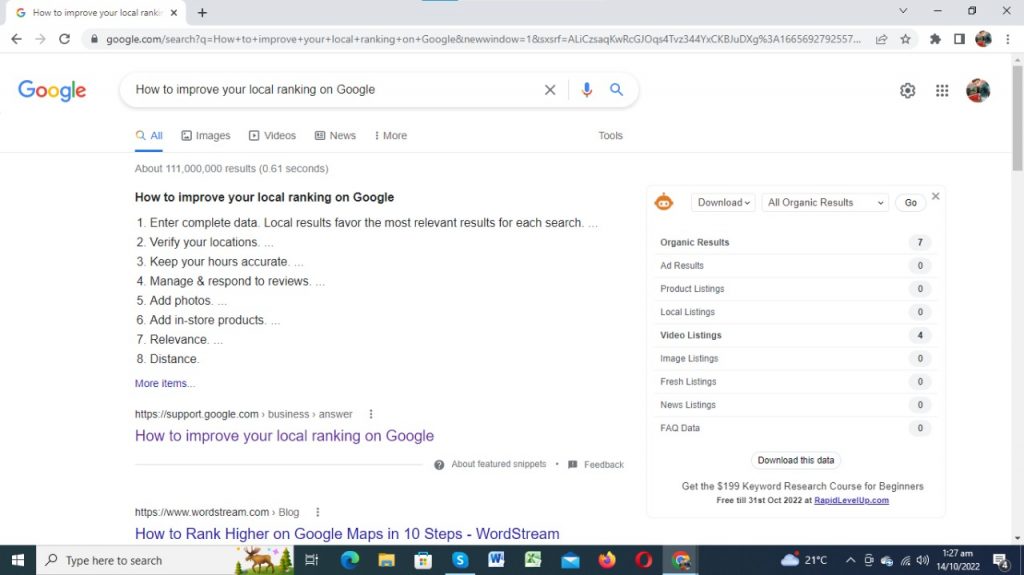
As with header text, you need to think about what you as a user looking for. What details will you get when you click on the link to read more?
Keep in mind that Google often rewrites meta descriptions. After analyzing user intent, they do their best to take your content and describe it as something they think users are looking for and then display it. Sometimes they take text from your meta description or what’s on the page and rearrange it in a way they think works better.
Meta descriptions are not used in search ranking algorithms. However, your site’s click-through rate from search results is. So, make your meta description as attractive as possible, even if Google rewrites it for you. It’s always worth trying to get the information you want, and it’s an opportunity for free advertising in the search rankings.
Optimize all images
You want your pages to load as quickly as possible, so make sure you optimize images so their file sizes are as small as they can be.
Use Google Lighthouse to scan your site and find out which images might cause it to slow down. Optimization services, such as Bulk Resize Photos, can help you reduce media file size, but most CMSs also offer some optimization features, allowing you to edit the post directly. are
The easiest way to avoid downsizing too many images, later, is to make a best practice of preparing your images to look as good as possible at the smallest size.
This is because Google takes user experience into account in its search ranking algorithm, and if your page loads slowly but your competitor’s page with the same information loads faster, especially on mobile, Google is going to give users faster pages first.
Another SEO tip from Javed Hayat:
“In addition to optimizing your images for size, use alt tags and on-page image descriptions to help with organic search. It’s not enough just to rank well in Google Images for someone looking for a red widget example or a Star Trek ship model. It can help in actual organic searches. If a page has 20 pictures of red widgets, Google will think it’s a good page to learn about red widgets!”
Access is also important to consider. Many users will benefit from screen reader technology to help them navigate the web, and you want to let Google and other search engines know you support them.
So do what you can to limit the file size of your images and create strong alt text (the text that describes what the image is when not rendering it) so that The visual media you choose supports your overall SEO strength.
Add universal links
Link whenever appropriate, but always include a few internal links to relevant pieces of content. Google crawls every page and wants to see if you are linking to more articles around the article you are writing.
Link with intention and keep search in mind, especially when choosing anchor text. This means that instead of using phrases like “read this article,” you’re using anchor text that uses the primary keyword that the article is about. This tells search engines more information about where the link is going.
Google doesn’t specify how many external or internal links to include, but a rule of thumb is based on the length of your content. The most important thing is to make sure all your internal links are relevant.
There’s no hard limit on how many you should include, but if you link to a lot of irrelevant content, it distracts the reader and confuses search engines. When you’re introducing new concepts to your readers, we recommend using several internal links for clarification at the beginning of the article, but your goal when creating links in your content should be to focus on the user.
Provide user-friendly design (on desktop and mobile)
Design is often left out of internal conversations about how to improve a company’s search engine rankings, focusing instead on optimizing meta tags and creating high-quality content. But it really shouldn’t be.
Google wants users to easily find what they’re looking for when they land on a page, no matter what device they’re on. Aim to make it as easy as possible for someone on their phone to use your site — and just as easily on a computer’s web browser.
Is your site easy to navigate? Are links easy to scroll and click? Does your long-form content provide a table of contents or an easy way to jump around? Sometimes when you create a website just for your desktop users, you don’t have time to see how it looks on a phone.
Again, when developing your website, keep the user in mind. Depending on how your prospects engage with your content, you may not need to worry as much about mobile, but for pure rankings, the mobile experience matters a lot.
Thankfully, content management systems like HubSpot and WordPress ensure that your site’s user experience is consistent and easy from the start, thanks to responsive design.
Improve page speed
The <head> section of every HTML document is loaded before the visible part of a particular page. This means that the code in this section should be as lean as possible.
Unfortunately, because this part of the page is less visible to stakeholders on the site, the header has been neglected for years. It’s not unusual for Google Analytics to drop multiple scripts or user behavior tools such as hot jars into the code, reducing download times.
If you want to know what you can do to improve your page speed, take advantage of Google’s Lighthouse Test. This tool shows you everything that’s slowing down your load time, on one end. It can provide information at a granular level, basically telling you: “Hey, here are the seven things that are loading slowly.” You can use this information to decide what is essential to your internal needs and what can be left out.
You also want to make sure your CSS (Cascading Style Sheets) are clean. They should be state-of-the-art and built as efficiently as possible. Whenever you minify your CSS, take it. You don’t need to take down a huge amount of code, but every tenth of a second count.
Site managers with pages containing a lot of information will want to take advantage of the opportunity to provide as much content as possible to Google and the user as quickly as possible. It’s a good idea to make sure your text is visible before your web font loads.
You can also take advantage of slow loading so that less search-critical content, such as images and video, is served after the text on your page.
Use navigation and sitemaps
Your top navigation is the single biggest vote you can get on your site for the importance of a piece of content.
Here are tips to make it SEO friendly:
Link to the top pillar pages from your top navigation. You don’t want to link to everything at this level, but the main title pages on your website should go here.
Use the language applicable to the searcher. Try not to use terms like “solutions” and “services” if you can help it. For example, a plumber’s website may link directly to “sink installation, “, ” toilet installation “, etc.
Sitemaps are XML files that tell Google what’s on your site. After you’re done, submit it to Google through the Google Search Console. With HubSpot and WordPress, you’ll automatically have a sitemap that breaks down all the parts of your website.
As a general SEO best practice, make sure your sitemap is set up, and that Google knows about it. Google is crawling pages and looking for internal links, but you should always have a sitemap set up within the search console. This is a great resource, especially if, down the line, you need to disavow toxic backlinks.
Lean into Semantic HTML
Semantic HTML tells Google what it’s doing and what it’s looking for, and header tags are one of the biggest parts. Semantic HTML describes the structure of the page—how the content is organized and what primary and secondary topics are included. This not only shows Google what the concept is, but what the text is about the rest of the text.
This means that instead of formatting your text on a page with uppercase and lowercase text, you use the heading tags discussed earlier. Instead of using the <b> tag to show bold text, the HTML code around the text should show the text is <strong>, which puts more emphasis on what’s between the tags.
For Google, there is a specific, linguistic difference in how your text works, and they look at the HTML to see how much of the page is bold versus italic. They know what a well-written document title and page structure look like.
SEO Best Practices
Like building a site with a user-friendly design, most content management systems make it very easy to create a page using proper semantic HTML.
Increase organic traffic and optimize your website
They ask, you answer in your business and take the first step towards improving your organic traffic once and for all. Talk to one of our consultants who will see these incredible results in your own company. Can tell how to see.
If you want to read more before you arrive, here are some additional resources:
- What they ask, you answer?
- Technical SEO Basics for Inbound Marketing
While these SEO best practices and concepts are great to know, it’s the framework we teach that makes them work. With our coaching and hands-on training, you’ll finally get the support you need to grow your business online and generate more revenue by increasing your traffic, leads, and sales.
About the author
Javed Hayat is a 5 Star Freelancer, Web Developer, Google SEO Expert, business promoter, digital marketing consultant, and Homeopathic Doctor @Shakardara. He has over 20 years of practical experience with SEO and digital marketing. You can ask us for Google SEO Services at reasonable prices. He is an expert in e-commerce and has consulted with Fortune 800 companies in various industries for their web development. In addition, he blogs regularly about SEO and digital marketing, and his work has been cited by leading marketing websites. Connect with Javed Hayat on Facebook, Twitter, and LinkedIn. You can ask for a Free Consultation.

